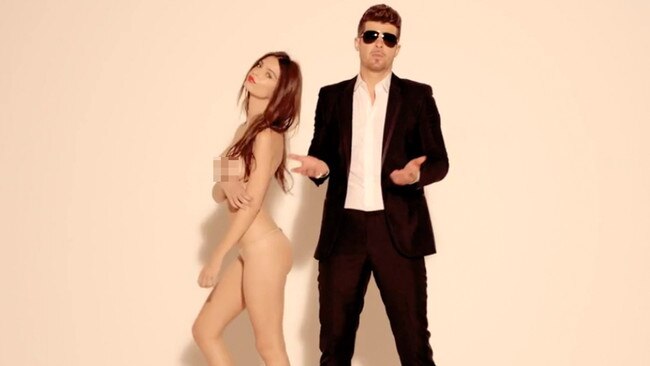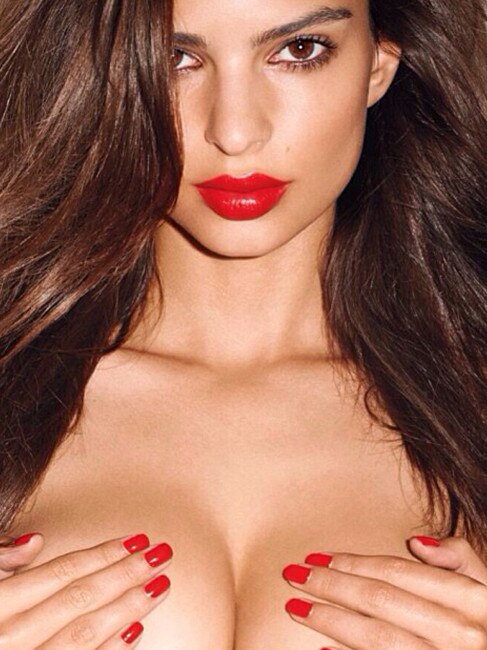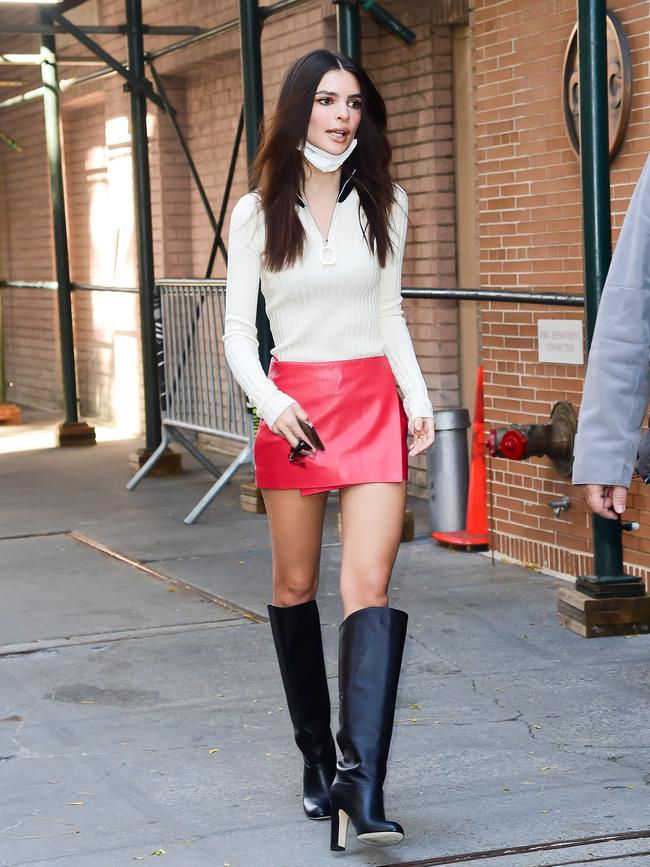Emily Ratajkowski: ‘Overexposing myself has always felt like the safest option’
The British-American model says her cup size was a valuable and rare asset. But her self-commodification reflects a disturbing schism in her understanding of herself.

As it happens, the gay makeup artist who was doing my face last week for a photographic shoot – he regularly works with celebrities, models and movie stars – remarked upon the same issues 30-year-old American model and bikini magnate Emily Ratajkowski investigates in her first memoir, My Body – namely, the commodification of femininity and the sexual exploitation of models in the fashion industry.
“I can’t tell you some of the things I’ve seen – super-young girls, some of them world famous, being preyed upon by these sleazy old photographers and art directors,” he said.
A 15-year-old model I know had a celebrated film director wipe his ejaculate on her face while they were watching a movie, fully dressed, on the sofa. He had, unbeknown to her, been masturbating under a blanket as she ate popcorn beside him.
This is only one of many stories.
So when I read Ratajkowski’s account of photographer Jonathan Leder’s alleged sexual abuse of her and of his obsessive and lucrative exploitation of her body – incredibly, he has published a number of volumes of photographs he took of her when she was tipsy in 2012, one of them entitled Two Nights with Emily – it rang true.
Leder scoffed at the allegations. Was this not the woman who first came to the world’s attention in the controversial video for the song Blurred Lines? In it, the milky-complexioned 21-year-old Ratajkowski – alongside two other near-naked young “props” and three older clothed men – is all attenuated waist and oddly impassive doe eyes as she wiggles her naked breasts at the camera, her flesh-coloured thong near-transparent.
This argument, long favoured by barristers when defending men accused of rape, entails the understanding that a woman’s consent to nudity or casual sex is an announcement of open season on her body, either sexually or visually.
Ratajkowski saw it differently.
“Money meant freedom and control,” she writes, “and all I had to do to fund my independence was learn to become someone else a few times a week: strip down and get greased up in body oil to pose suggestively in red lace lingerie or brightly printed bikinis I’d never choose to wear, pouting at the command of some middle-aged male photographer.”

As Ratajkowski correctly notes, she is at liberty to do with her body as she wishes (her “cup size was a valuable and rare asset, one that translated directly to more money”), but her blatant – and continuing – self-commodification reflects a disturbing schism in her understanding of herself. This apartheid, of the physical and spiritual, is the axis of the book: how possible is it for a beautiful woman to feel integrated in a patriarchal culture?
“I dissociate when my body is being observed,” Ratajkowski writes, “I don’t even really recognise my body as me … Dissociating makes everything easier. In a way, overexposing myself has always felt like the safest option.”
This dissociation is a maternal legacy. The shadow cast by Ratajkowski’s mother is long.
“My mother,” Ratajkowski writes, “is classically beautiful: she has wide-set green eyes, a tiny, elegant nose, a small frame, and, as she would say, an hourglass figure … I’d think of my mother’s tales of adoring boys standing on the lawn below her bedroom window in high school. I’d imagine the silky texture of her homecoming-queen sash and the weight of the sparkling crown she wore in her year book pictures.”
In her mother’s universe, beauty equated to love; as a result, Ratajkowski, who posts Instagram shots only if they stand as “testaments” to her beauty, has spent her life fighting to be the most beautiful in every context in order to continue being loved.
This struggle is real: it seems unlikely that her mother would have loved her had she been, say, born with a cleft palate.
Throughout her childhood, she obsessively prayed to become “the most beautiful”, and if a partner even so much as mentioned another woman’s beauty, her stomach “twisted” and she began to sweat.

With a different mother, Ratajkowski would have been better adjusted and significantly poorer. Her entire career has been built on two abilities: to convincingly depict partial tenancy of her unusually beautiful body – shot after shot of her staring blankly at the camera with her breasts or buttocks on display – and to convincingly justify a solipsism so eerie it belongs in a novel by Joan Didion or Bret Easton Ellis.
Throughout the book, her even, quiet tone unnerves.
Ratajkowski at once raises important questions about ownership of the female body and handsomely profits from promoting the illusion of its ownership to men.
Whether My Body contributes much to the dialogue about feminine value, however, is open to debate.
Antonella Gambotto-Burke’s new book, Apple: Sex, Drugs, Motherhood and the Recovery of the Feminine, will be published in June 2022.



To join the conversation, please log in. Don't have an account? Register
Join the conversation, you are commenting as Logout